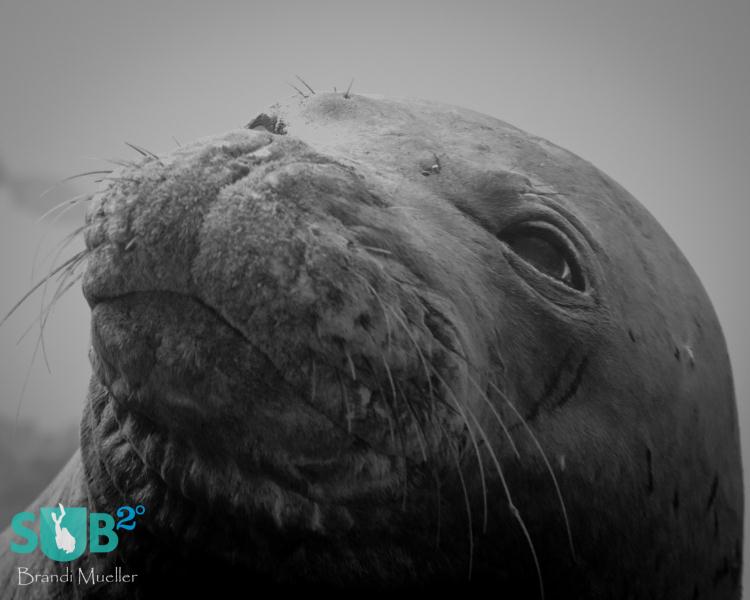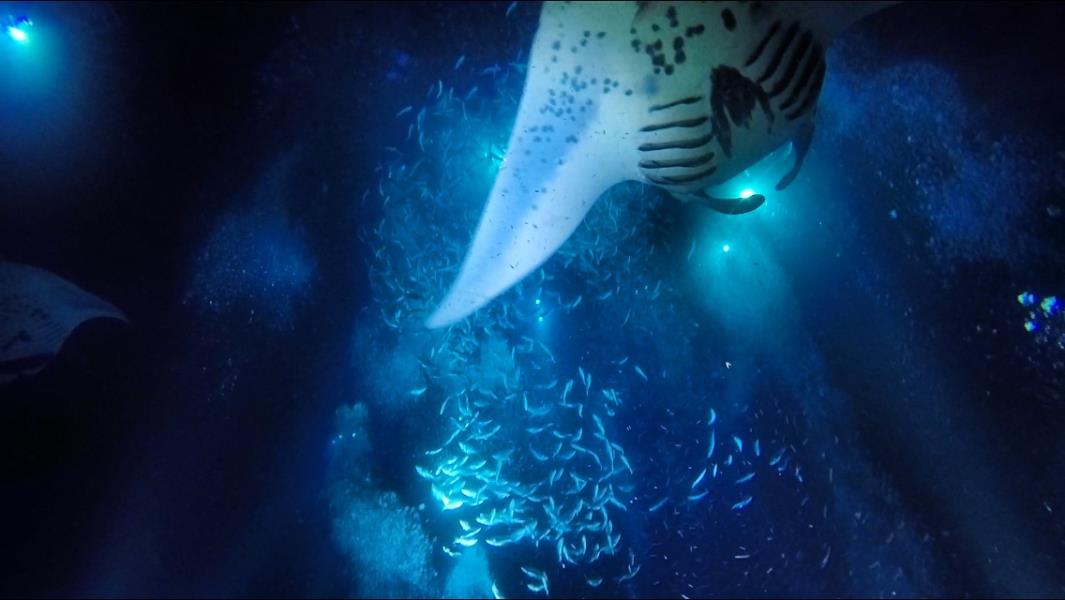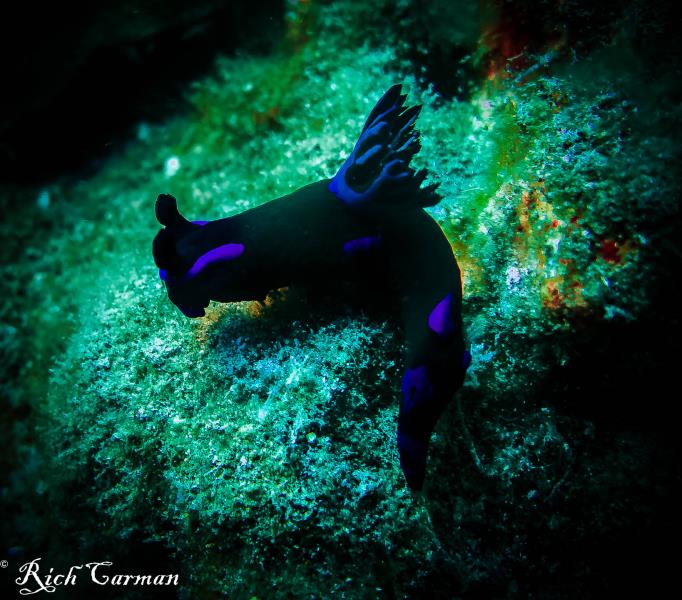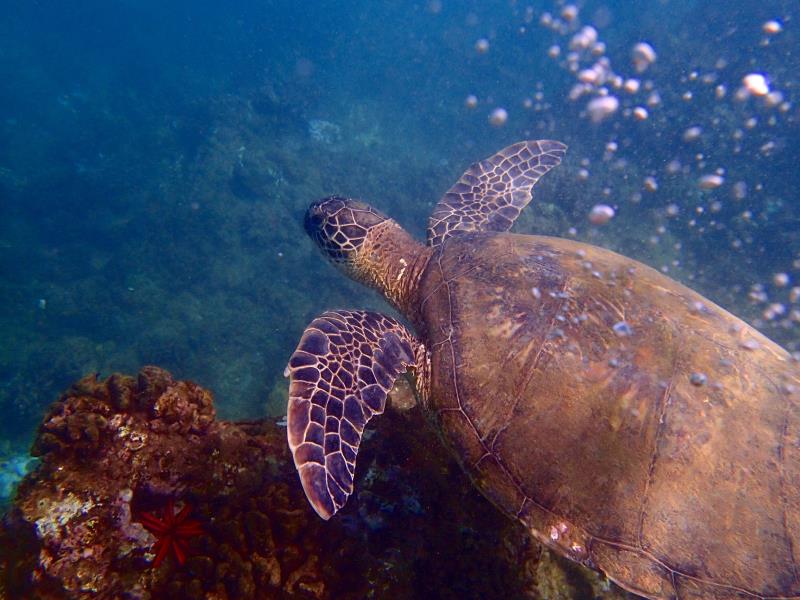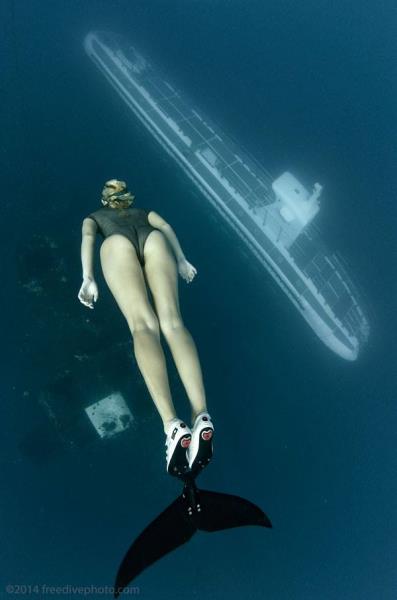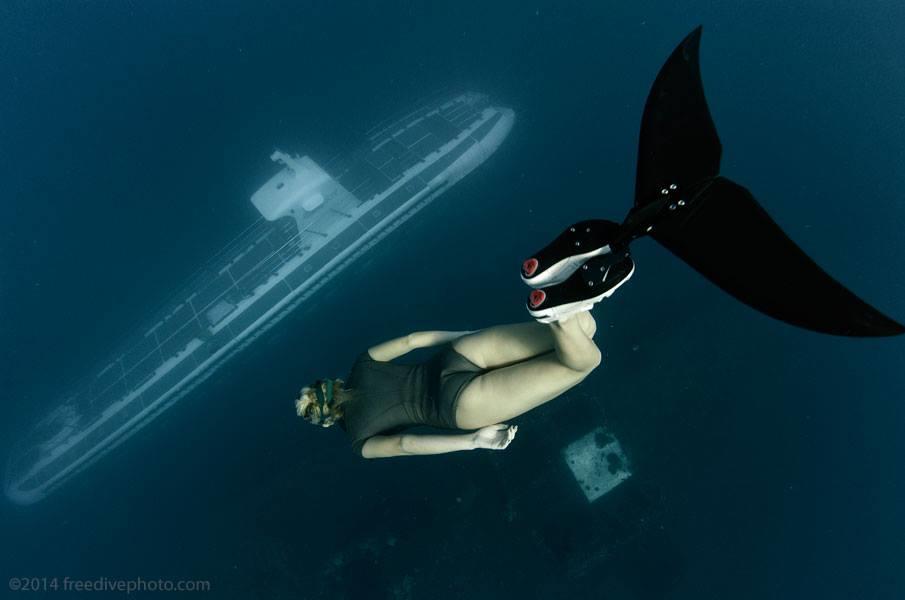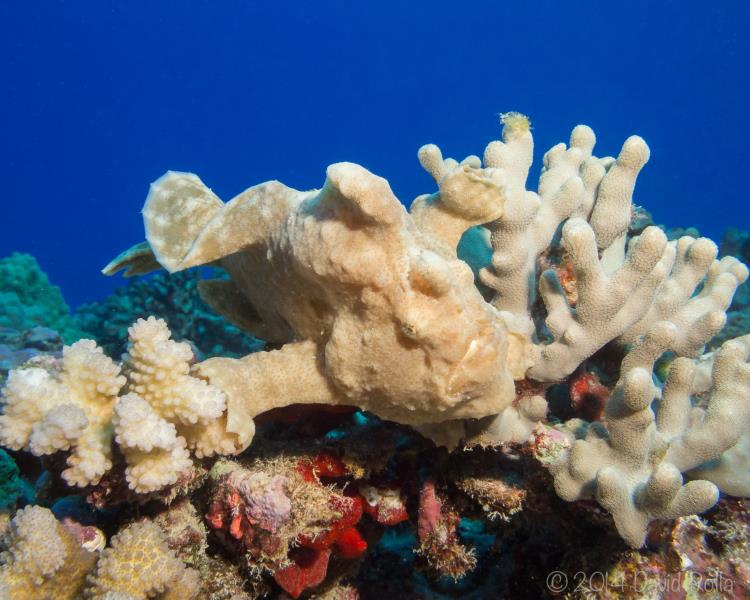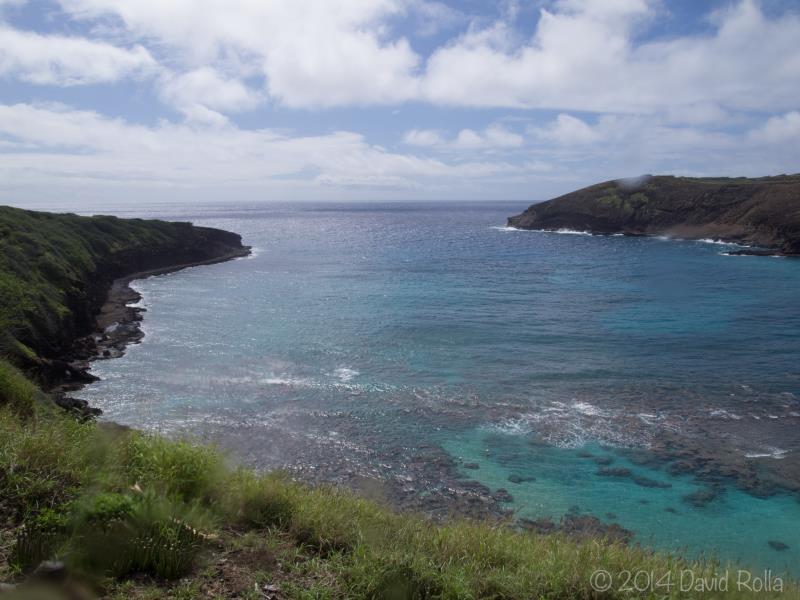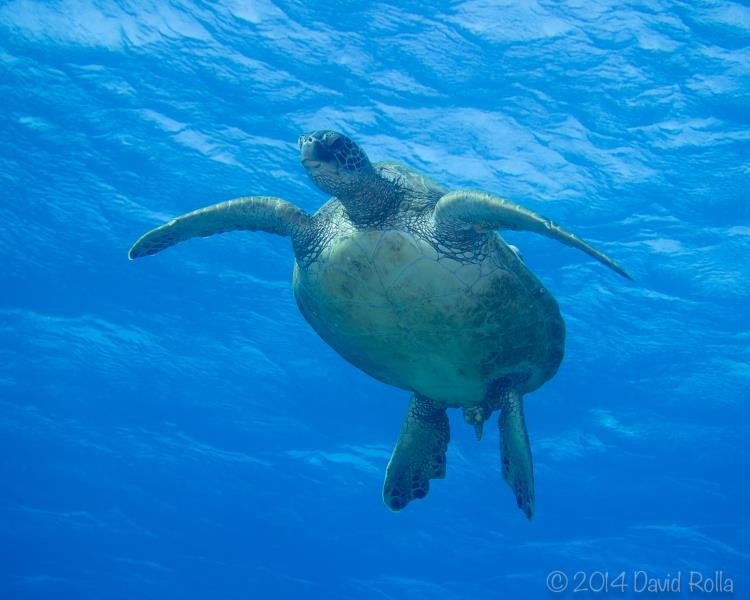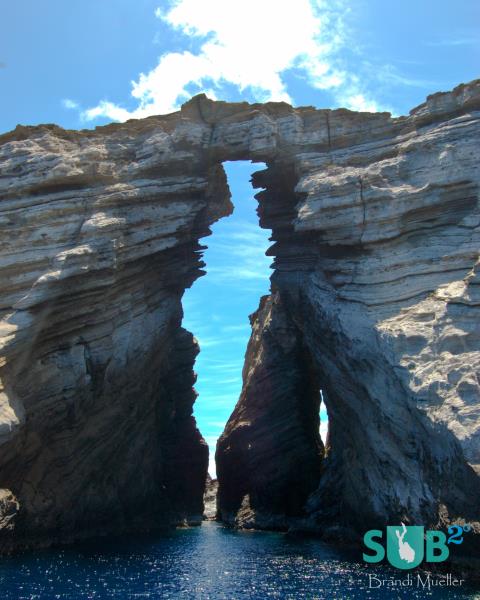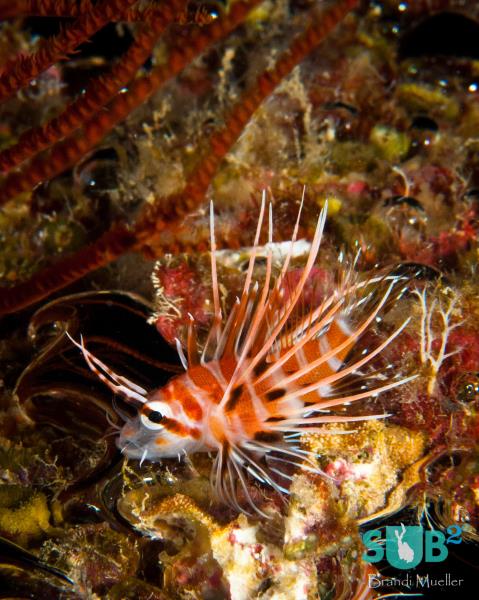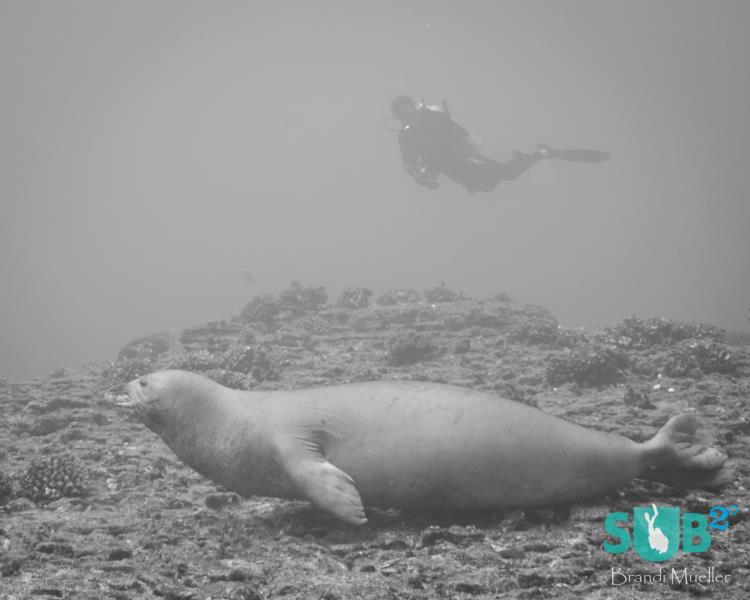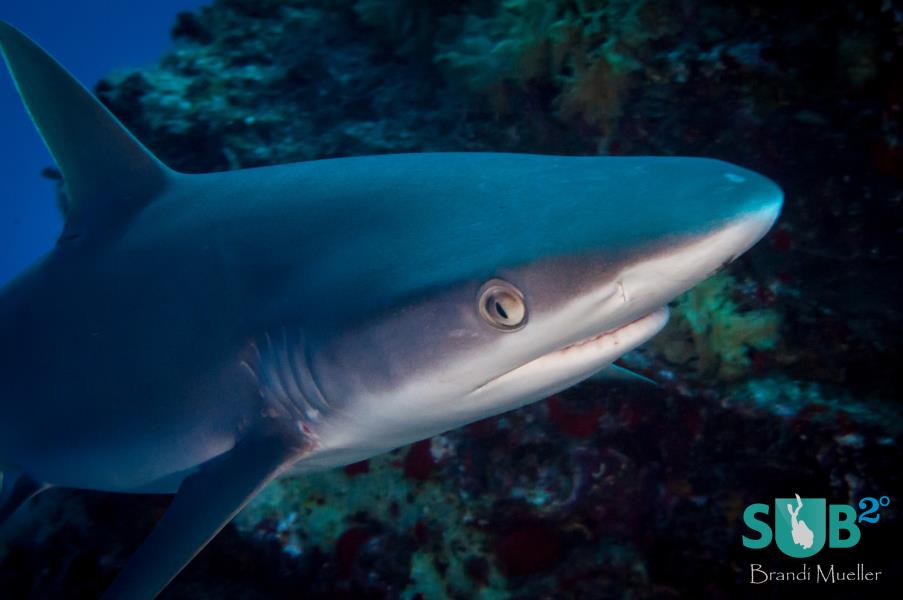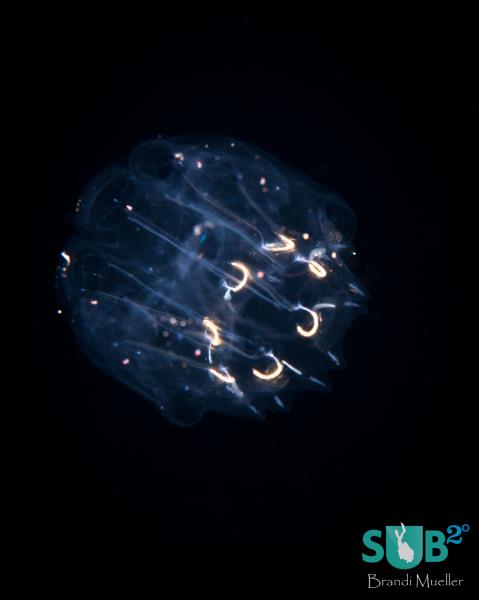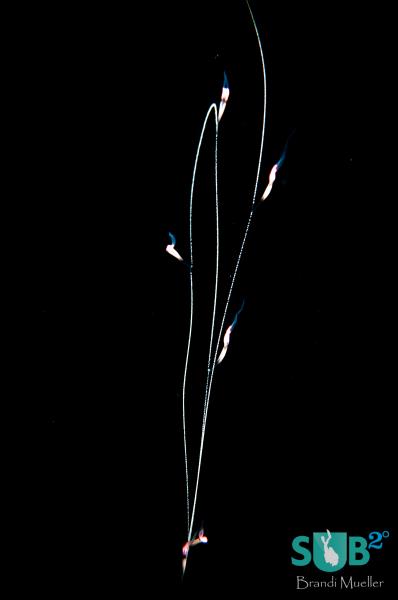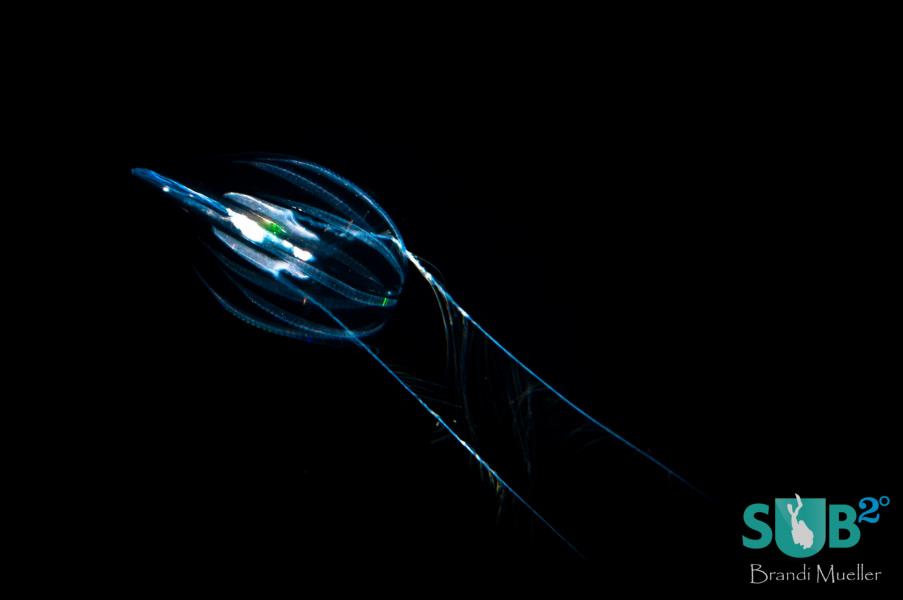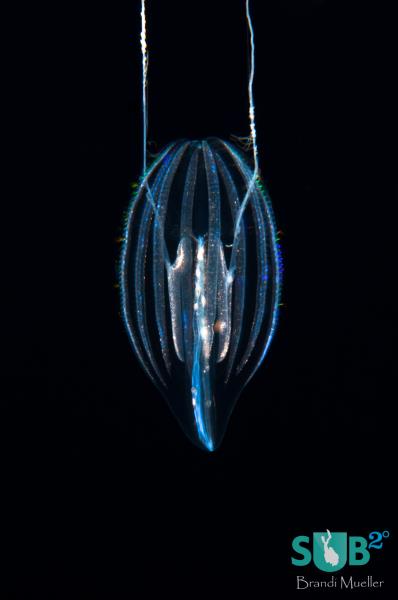 Directory of 215 Dive Sites or Spots for Scuba Diving in Hawaiian Islands, United States
Directory of 215 Dive Sites or Spots for Scuba Diving in Hawaiian Islands, United States
Part 2: Dive Sites, Marine Life & Environment in Hawaiian Islands, (United States)
There are many dive sites offshore from the endless beaches and coves of the Hawaiian Islands. Due to Hawaii's remote location in the central Pacific, the islands wildlife exhibits examples of speciation due to geographic isolation. Of the marine life in Hawaii, 25% is endemic to Hawaii. An endemic species simply means a species that is restricted or particular to a locality or region, in this case it means native to the Hawaiian Island chain. Some of the reef fish species unique to Hawaii that scuba divers hope to spot are the Gargantuan Blenny, Blue-stripe Blenny, Millet Butterflyfish or Banded Damselfish. The Hawaiian Grouper is endemic to Hawaii and commonly seen when diving off the isolated Kure Atoll far north of the Hawaiian Islands. The Hawaiian Whitespotted Toby, in the pufferfish family, is another reef fish endemic to the islands. A common place to see this friendly spotted beauty is the dive site referred to as Hyatt/Marriott Reef off the northwest shore of Maui. The dive site is in about 60 feet of water and while close to shore, does require a boat. It is a perfect dive location for beginners and even snorkelers. Unfortunately, you might also see the Whitespotted Toby in a pet store.
The number of fish species that inhabit the island chain is about a third as diverse as the Indonesian Islands of the Asian mainland or the California coast far to the east. Hawaii's isolation resulted in reduced numbers of different species but increased uniqueness in the species that have survived and thrived there. Life found a way to colonize Hawaii and the lifeforms that made the long journal are the species that we see today. Eel larvae can drift for up to 30 weeks, partly explaining why there are so many eel species in Hawaii. The Ringtailed surgeonfish, a reef tang, unique to Hawaii most likely arrived when a related surgeonfish species drifted to the islands in the distant past while in its extended larval stage.
There are also many non-indigenous species that humans have unintentionally delivered to the islands. The Blue Caribbean sponge is an example of a native species from the Caribbean and east Pacific that arrived as a stow away on the hauls of ships. The sponge competes with native invertebrates on the reefs and in the harbors of Hawaii. The Orange Sponge is another example of an invasive species, another invertebrate stow away native to Australian waters.
The Upside-down jellyfish is found throughout the Hawaiian Islands. This stinging jelly should be avoided by divers and swimmers, the jelly usually lays on the sea floor on its wide flat bell with its tentacles facing up.
The sandbar in Kaneohe Bay off the island of Oahu is a great place to take out a small boat and anchor off the sand and explore. Where the sand slopes into the deeper water of the bay is a great place for beginner divers to get their fins wet and for kids to play in the shallow waters. Green Sea turtles are common sights along the sometimes crowded sandbar.
A great wreck dive off of Oahu is called the Sea Tiger. The 168 foot vessel was intentionally sank in 1999, it has already attracted fish, the occasional shark and the beginnings of reef growth. The dive is in 60-100 feet of water and offers divers the opportunity to dive through several openings on the vessel. The commercial submarine tour company, Atlantis Submarines out of Honolulu, visits the wreck daily. Diving the wreck when the submarine passes by adds an extra thrill to this advanced dive site.
The waters off Kona on the western shore of the big island of Hawaii usually offer great visibility and countless scuba and snorkeling sites. The relatively young lava tubes, walls and volcanic archways make the area a treasure trove for adventure and exploration. During the winter months it is common to see Humpback whales, Pilot whales and Pygmy Killer whales. All year it is common to spot Bottlenose dolphin and Spinner dolphin as well as Spotted Eagle ray and Manta ray off Kona.
Some top rated dive sites in the island chain are off Kona. A notable dive site off Kona is Nai'a, meaning dolphin in Hawaiian. This dive site offers a good chance that the local spinner dolphins will come to check you out! Kaloko Arches is a beautiful dive with steep walls and reef and frequent encounters with octopus. North of Kona there is the dive site known as Puako. This 90 feet deep site can be accessed from shore or a boat and depending on the visibility, which can be as low as 50 feet, this dive is considered of intermediate difficulty. It is common to see turtles, Yellow tang and abundant butterflyfish. The area is also famous for the thick carpets of coral.
The garden isle of Kauai lies north of the busier, larger islands to the south. Kauai has a sweetness and a peacefulness and offers its famous white sand beaches. Lawai Beach on the very southern edge of Kauai is a safe place for beginners to snorkel and practice scuba in a shallow, sheltered shore dive location. Also on the southern coast of Kauai is the dive known as Sheraton Caverns. It is possible and notoriously exhausting to enter from the shore, kick through the waves as you head out to the dive site. If you are a strong experienced swimmer and diver this shore dive is a workout, otherwise it can be dangerous and it is advised to geto the caverns via boat. Regardless of how you get there the caves, arches and lava tubes are amazing! Many report back that the dive site had more turtles than they had ever seem before.
This overview of Hawaiian dive sites barely touched on the multitude of scuba diving potential on the majestic islands. The amazing thing about diving in Hawaii is the diversity skill levels, marine life, geography and unique opportunities like lava tubes and abundant sea turtles. To really dive Hawaii I recommend a multi-day dive excursion, some shore dives around volcanic structures and at least one traditional Luau!
Read "Part 1: Overview of Scuba Diving in Hawaiian Islands, (United States)"
Read "Part 3: Dive Shops, Airports & Logistics of Diving in Hawaiian Islands, (United States)"
